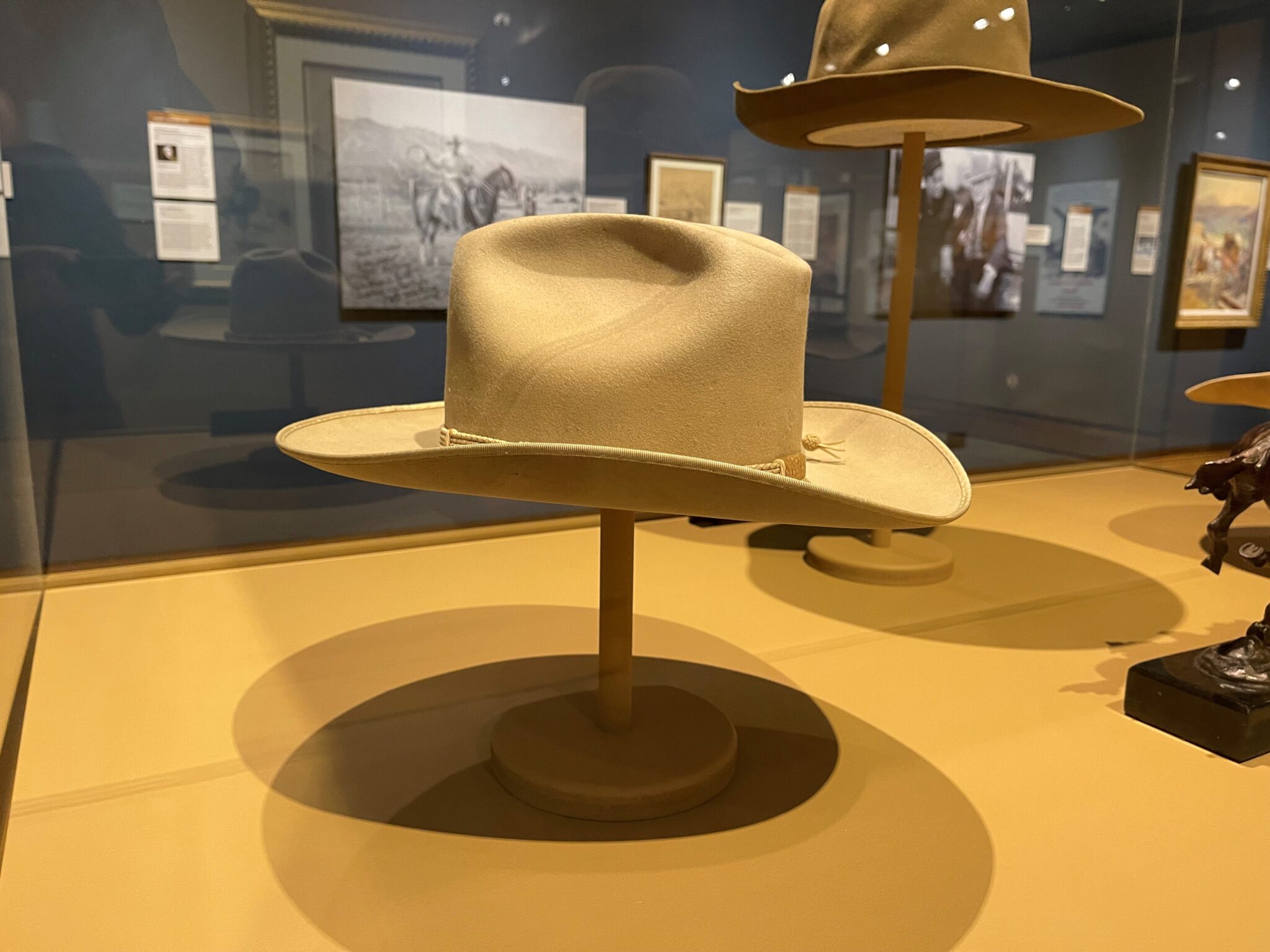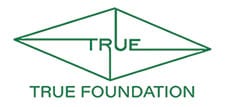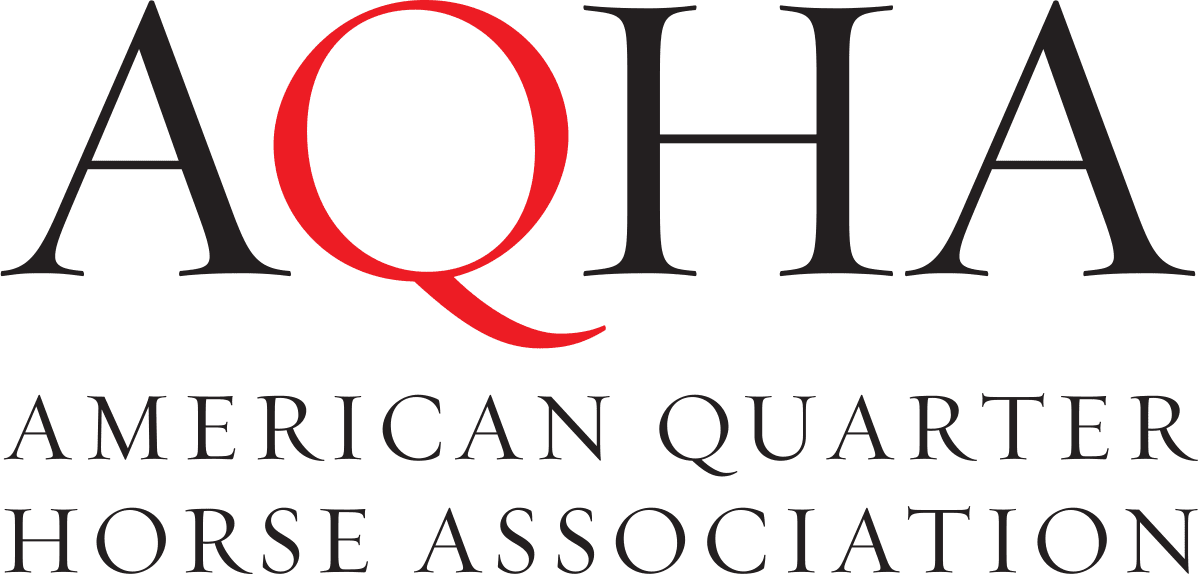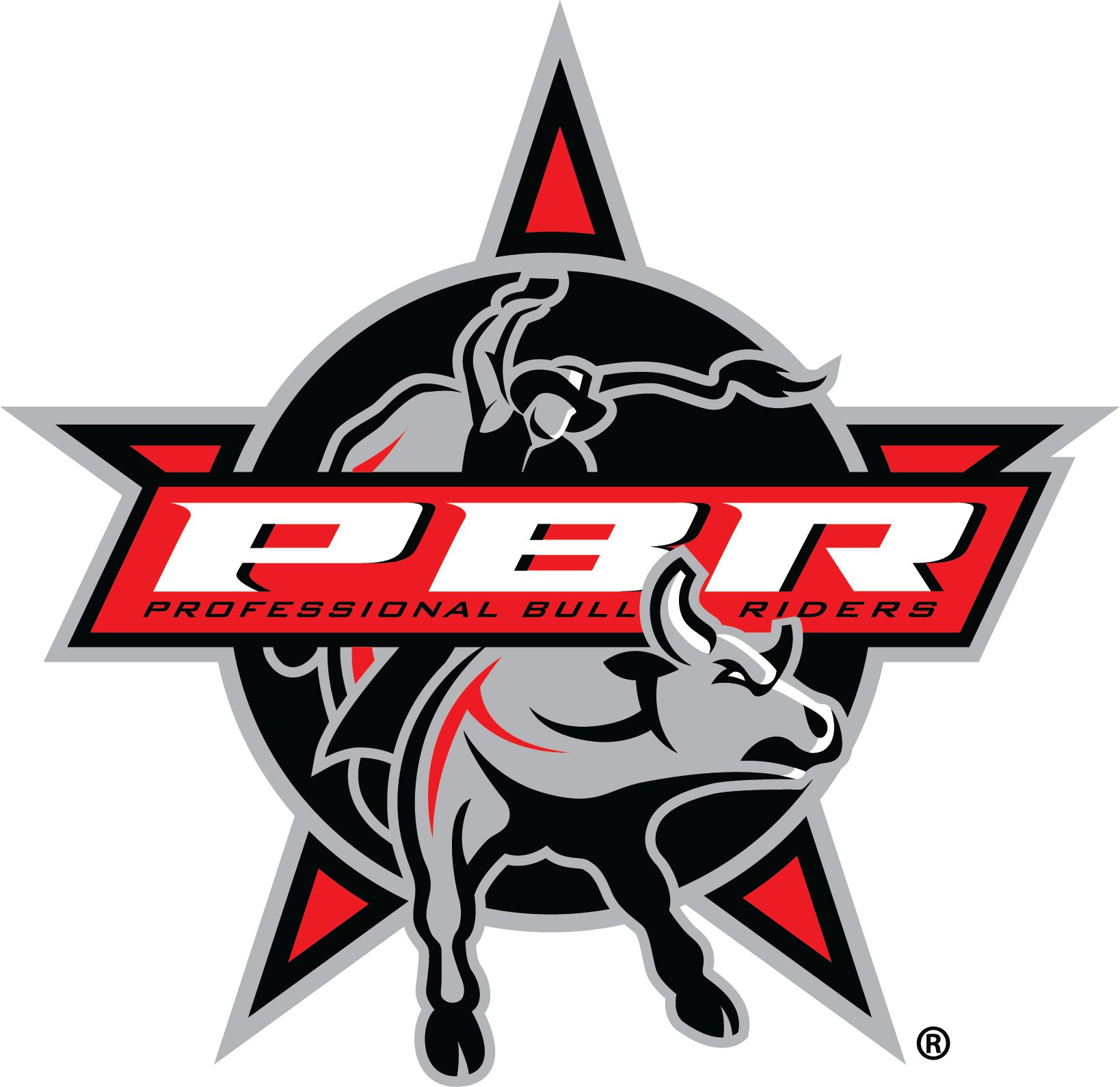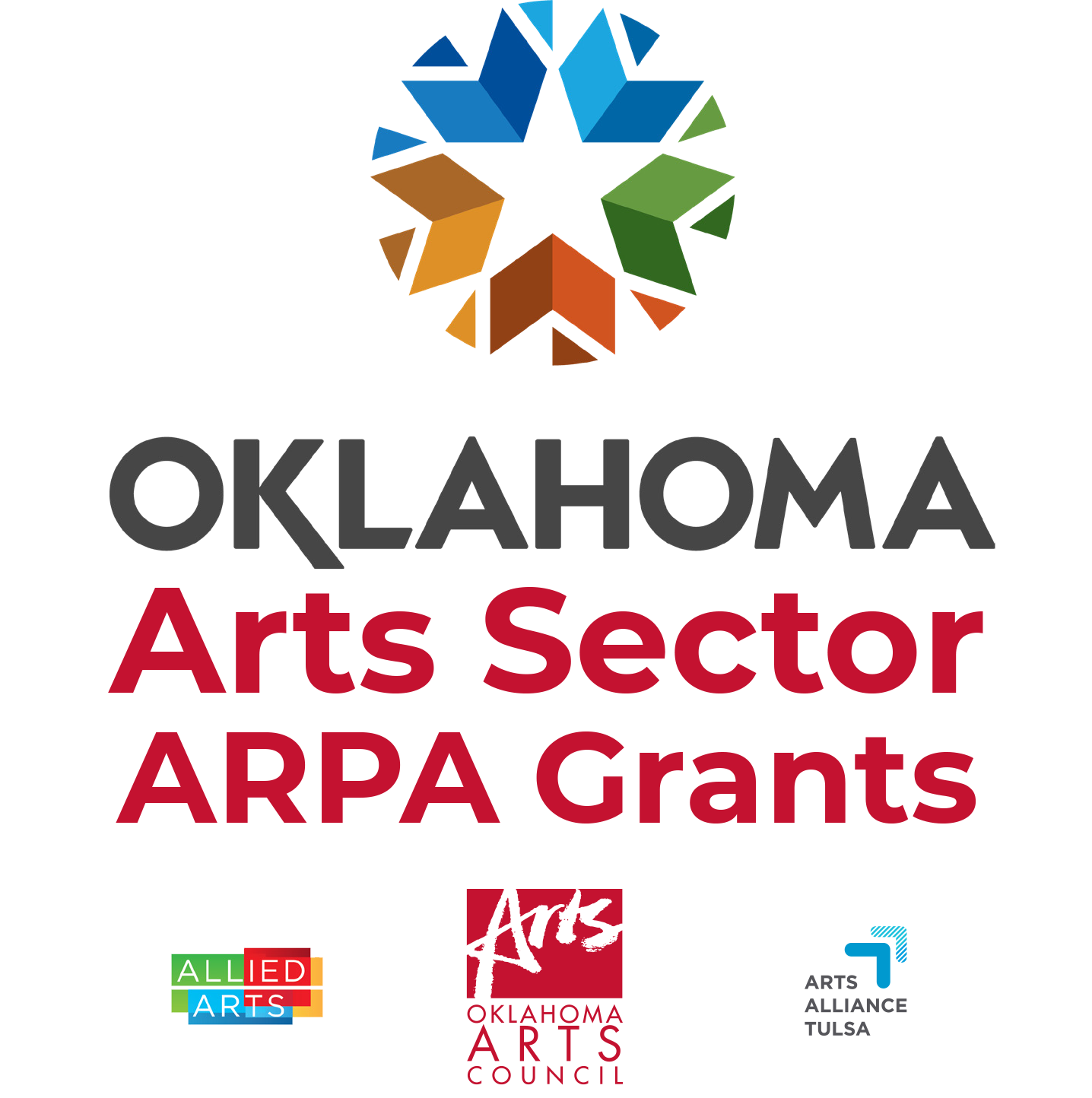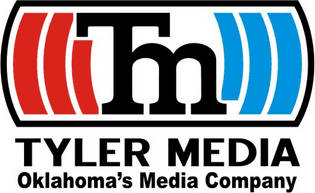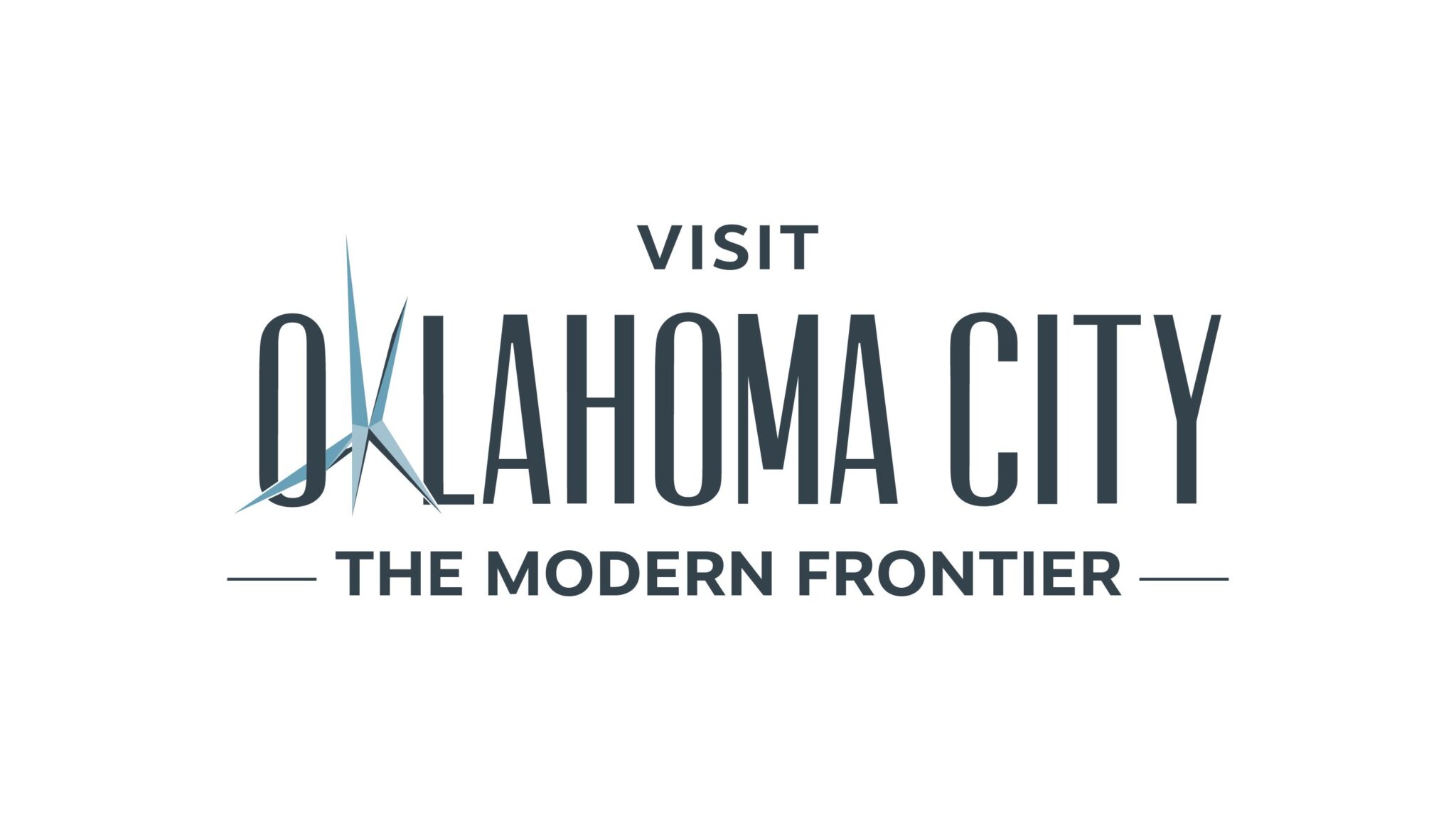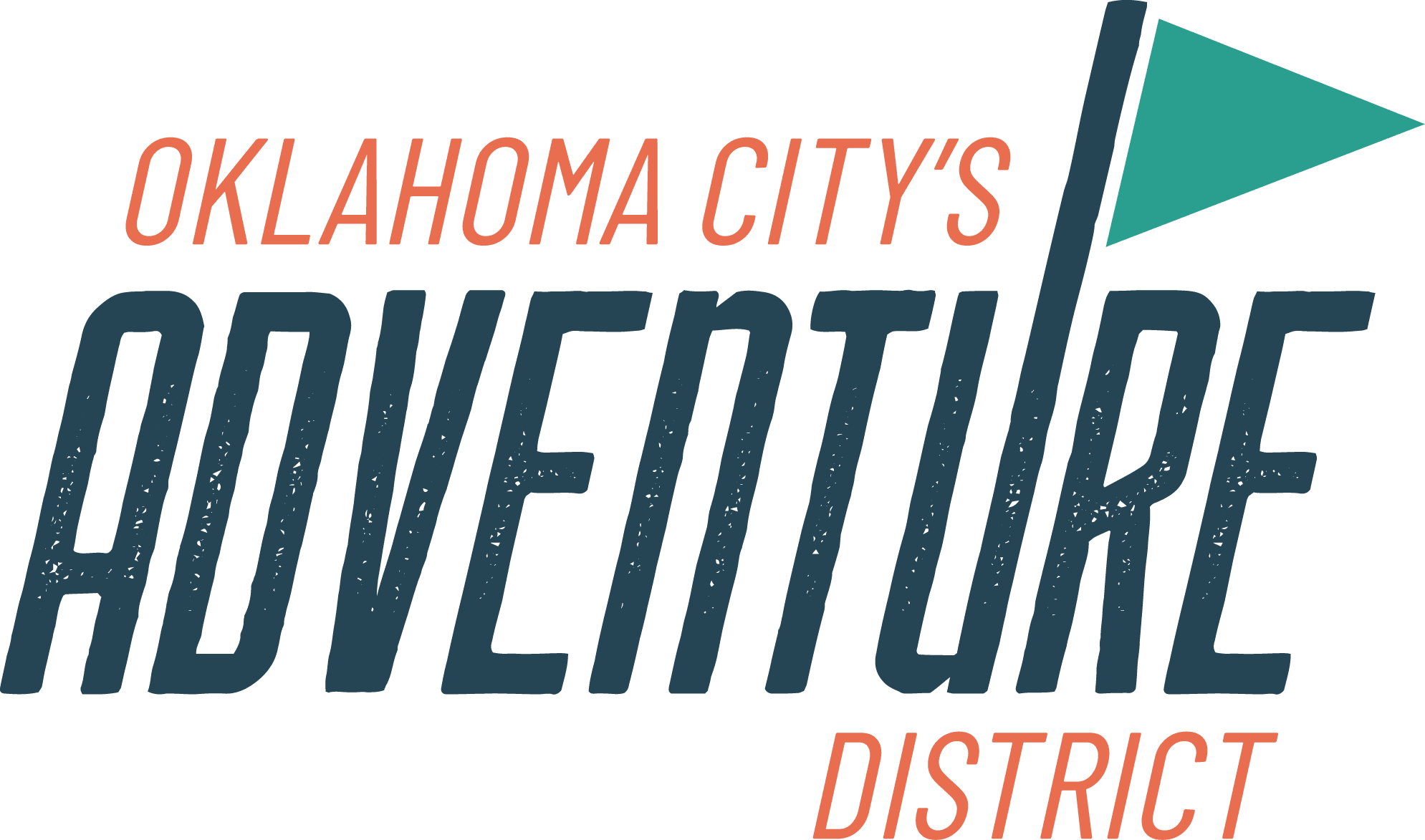Every cowboy hat tells a story. From the quality of the materials to the customized crease, to the width of the brim, to the sweat and other stains, each hat reveals something about WHO is or was under the hat.

LUIS ORTEGA WESTERN HAT, circa 1930
John B. Stetson, Philadelphia, Pennsylvania
Felt, leather, braided-rawhide hatband
Master rawhide and horsehair braider Luis Ortega (1897-1995) descended from the original Spanish settlers of Santa Barbara, California. He began cowboying at age fourteen on ranches between Santa Maria and Salinas, California.
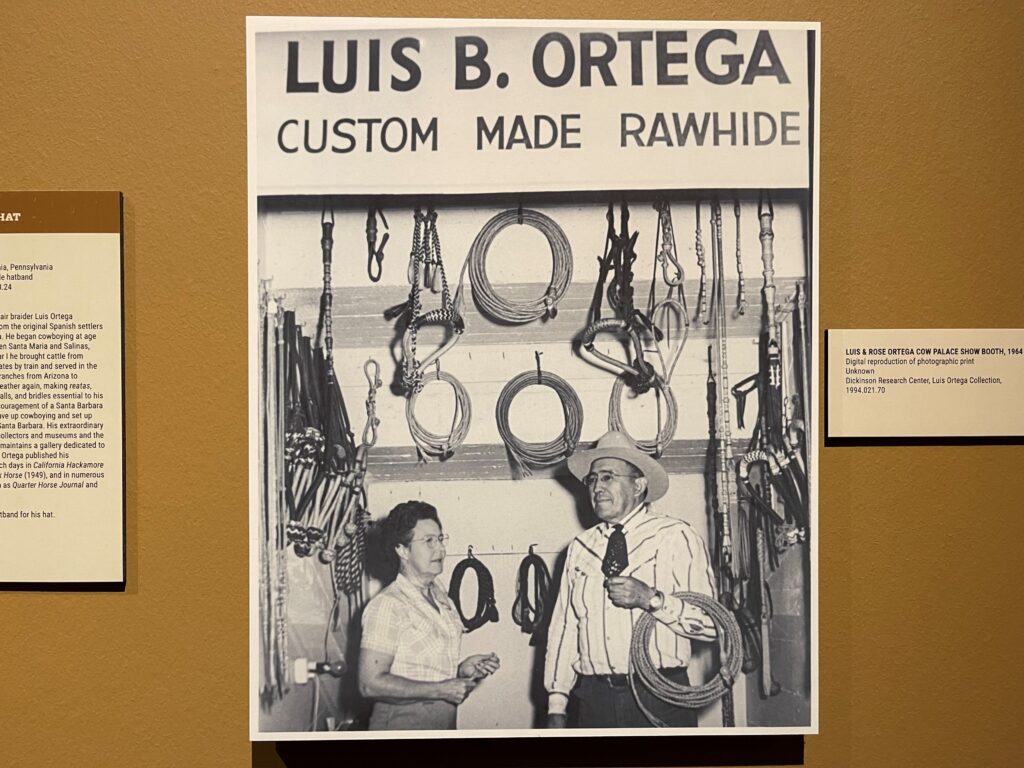
During World War I he brought cattle from Chihuahua to the United States by train and served in the US Army. After the war, on ranches from Arizona to Oregon, he began to braid leather again, making reatas, ropes, hackamores, headstalls, and bridles essential to his trade. In 1932, with the encouragement of a Santa Barbara artist, Edward Borein, he gave up cowboying and set up Ortega’s Rawhide Shop in Santa Barbara.
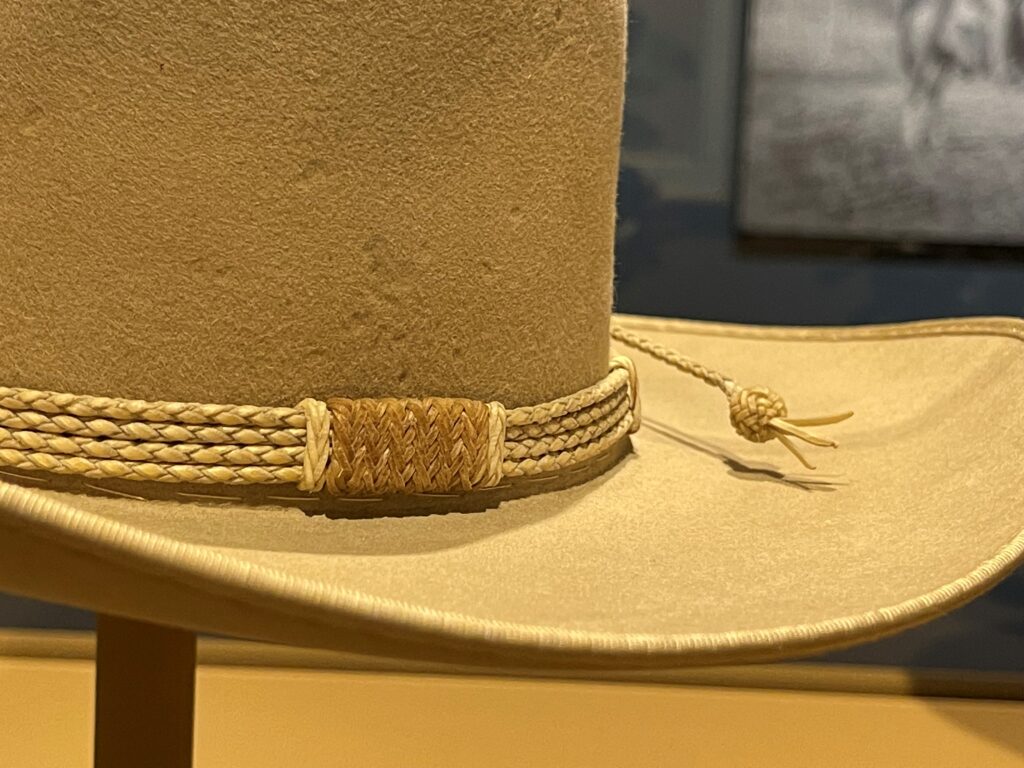
His extraordinary rawhide work is prized by collectors and museums and the National Cowboy Museum maintains a gallery dedicated to his work. In his later years, Ortega published his reminiscences of early ranch days in California Hackamore (1949) and California Stock Horse (1949), and in numerous articles in periodicals such as Quarter Horse Journal and Western Horseman.
Luis Ortega braided the hatband for his hat.
